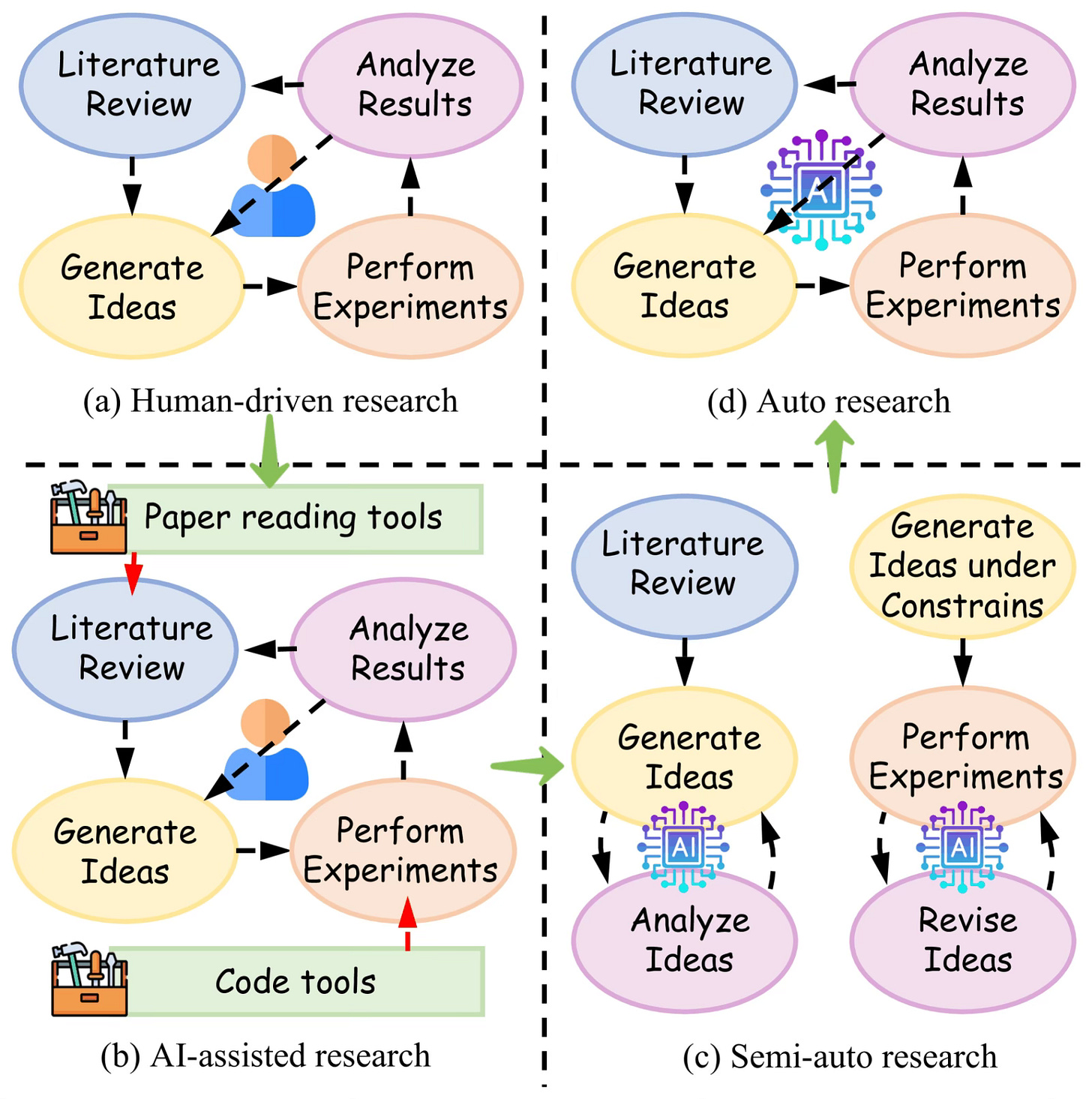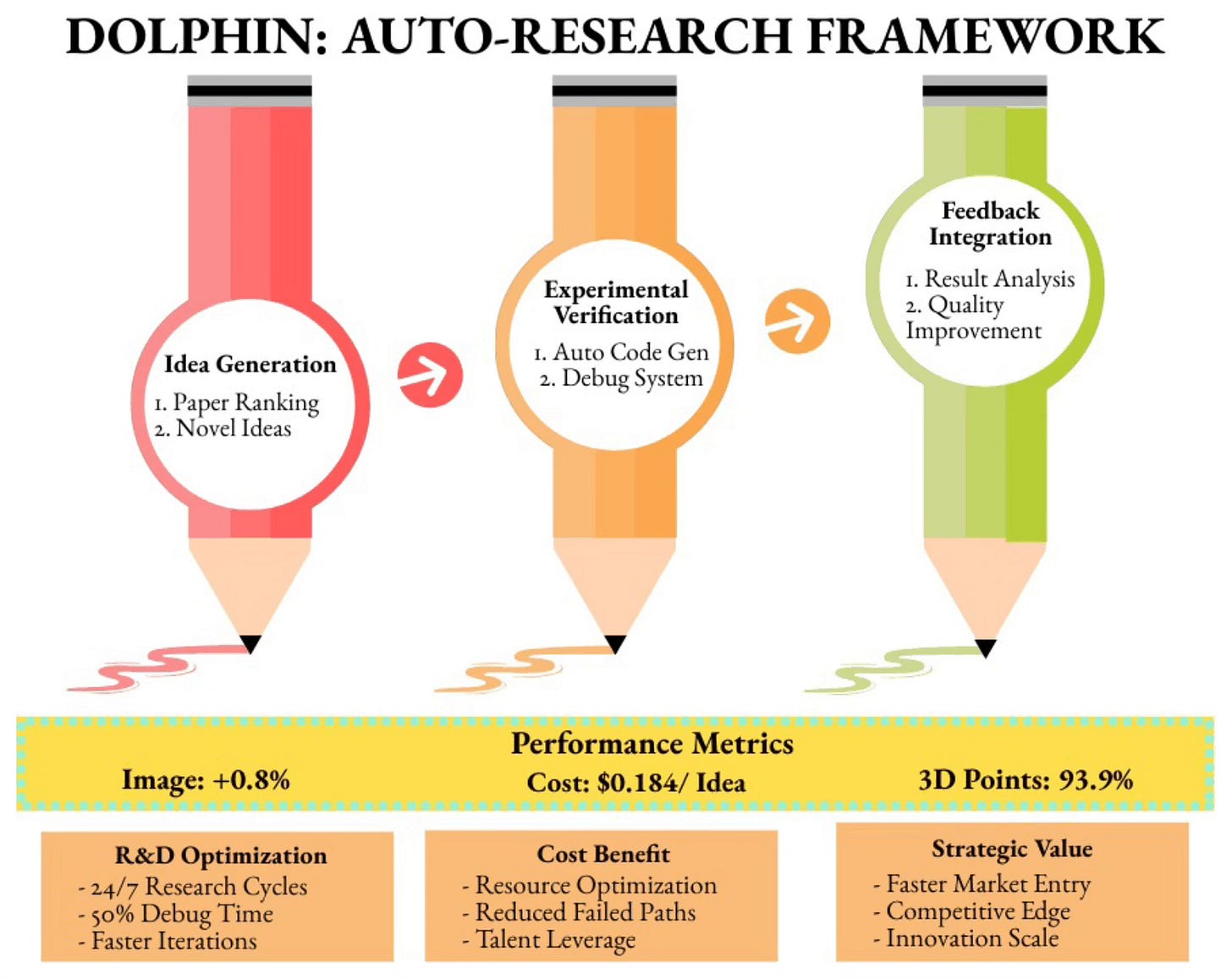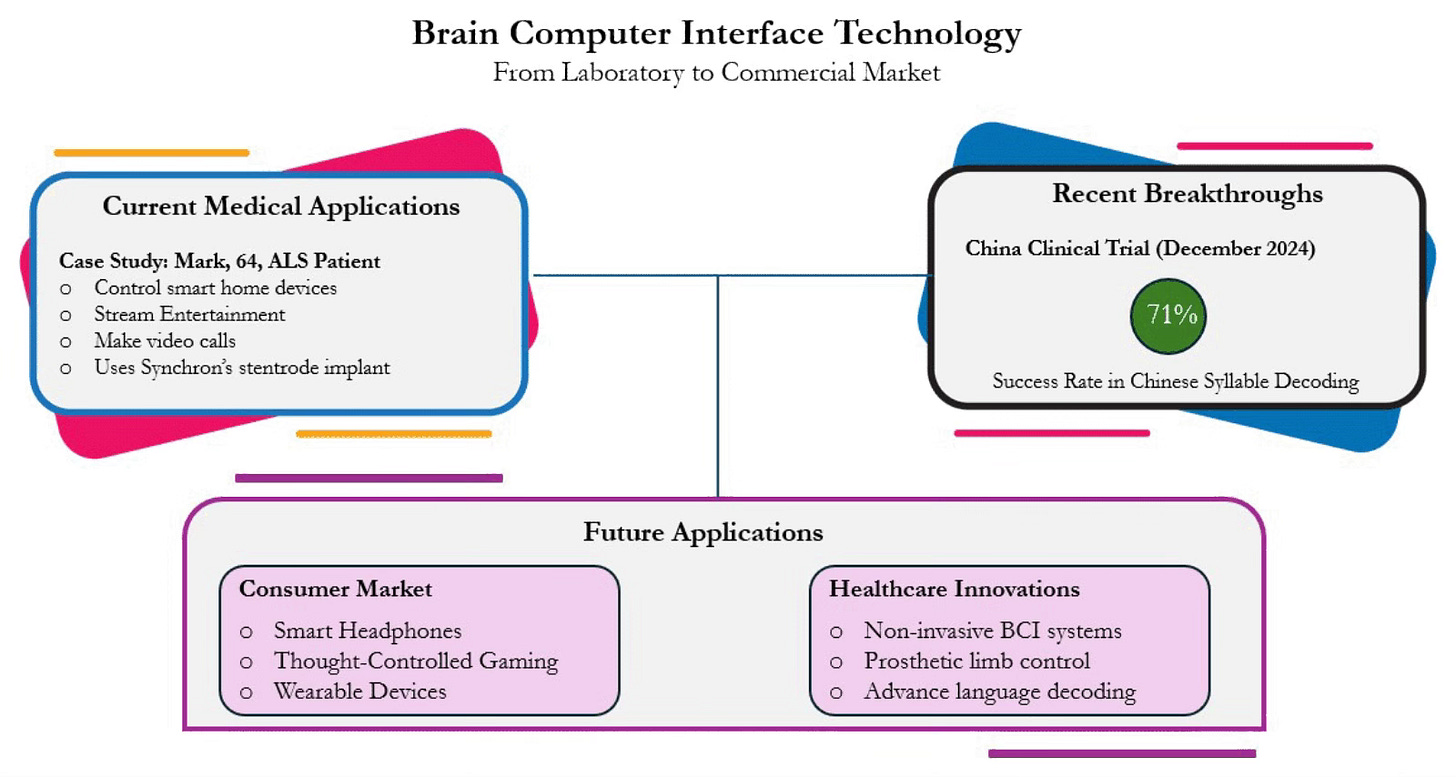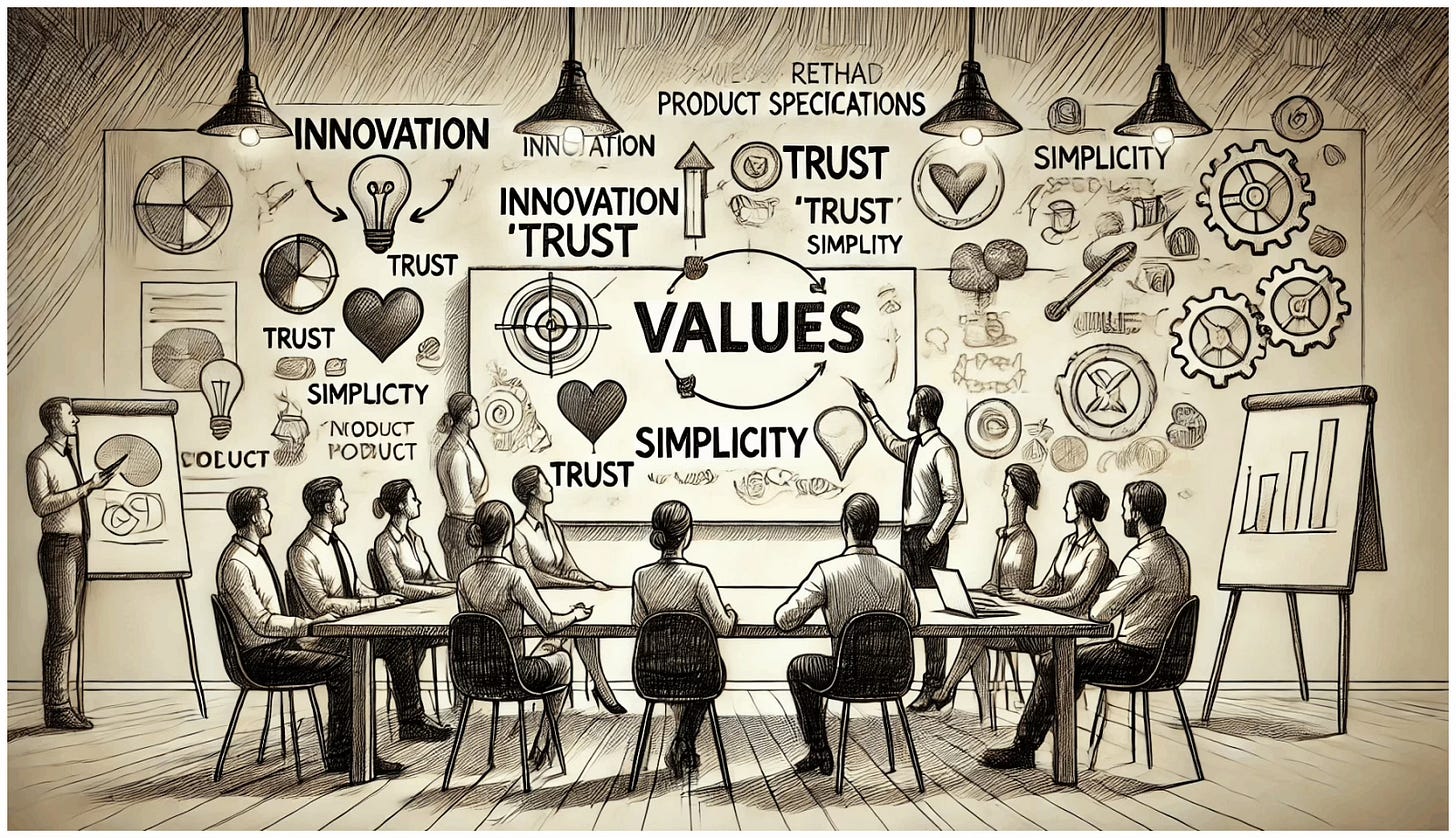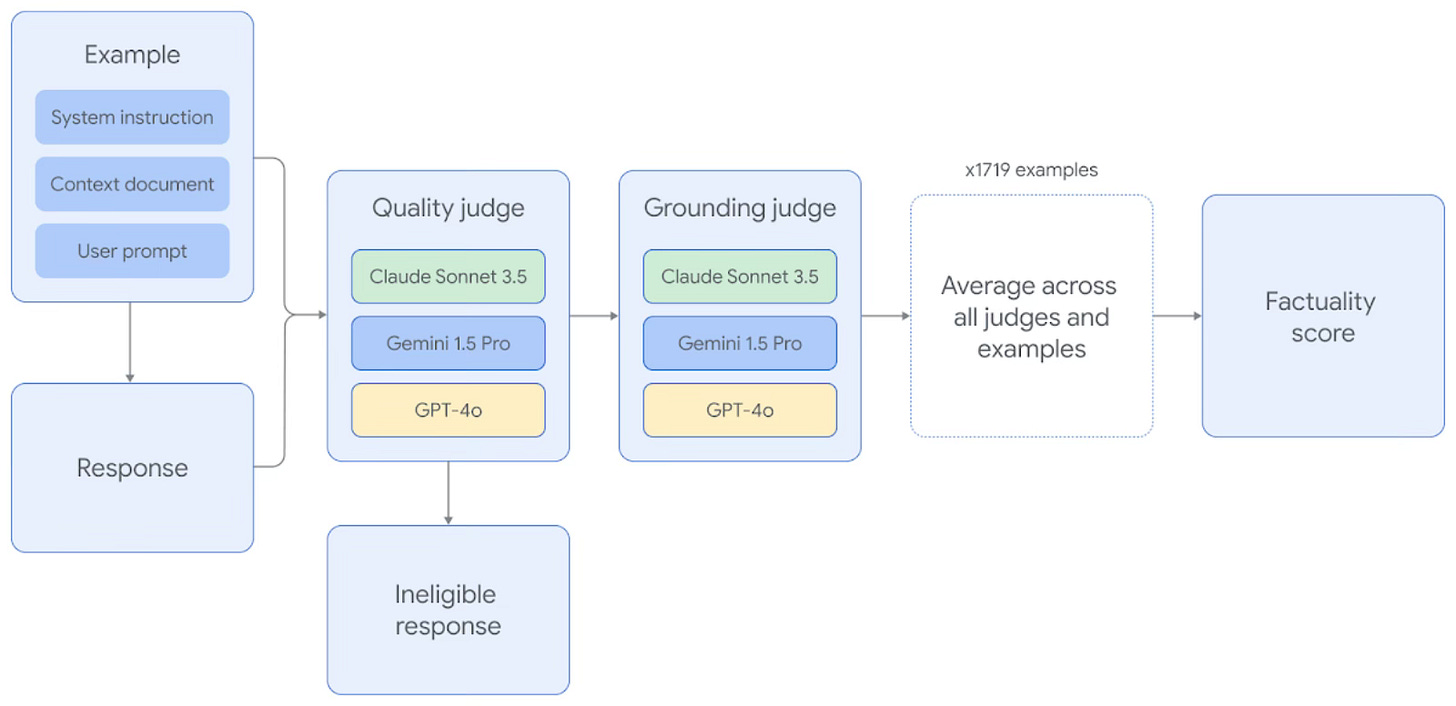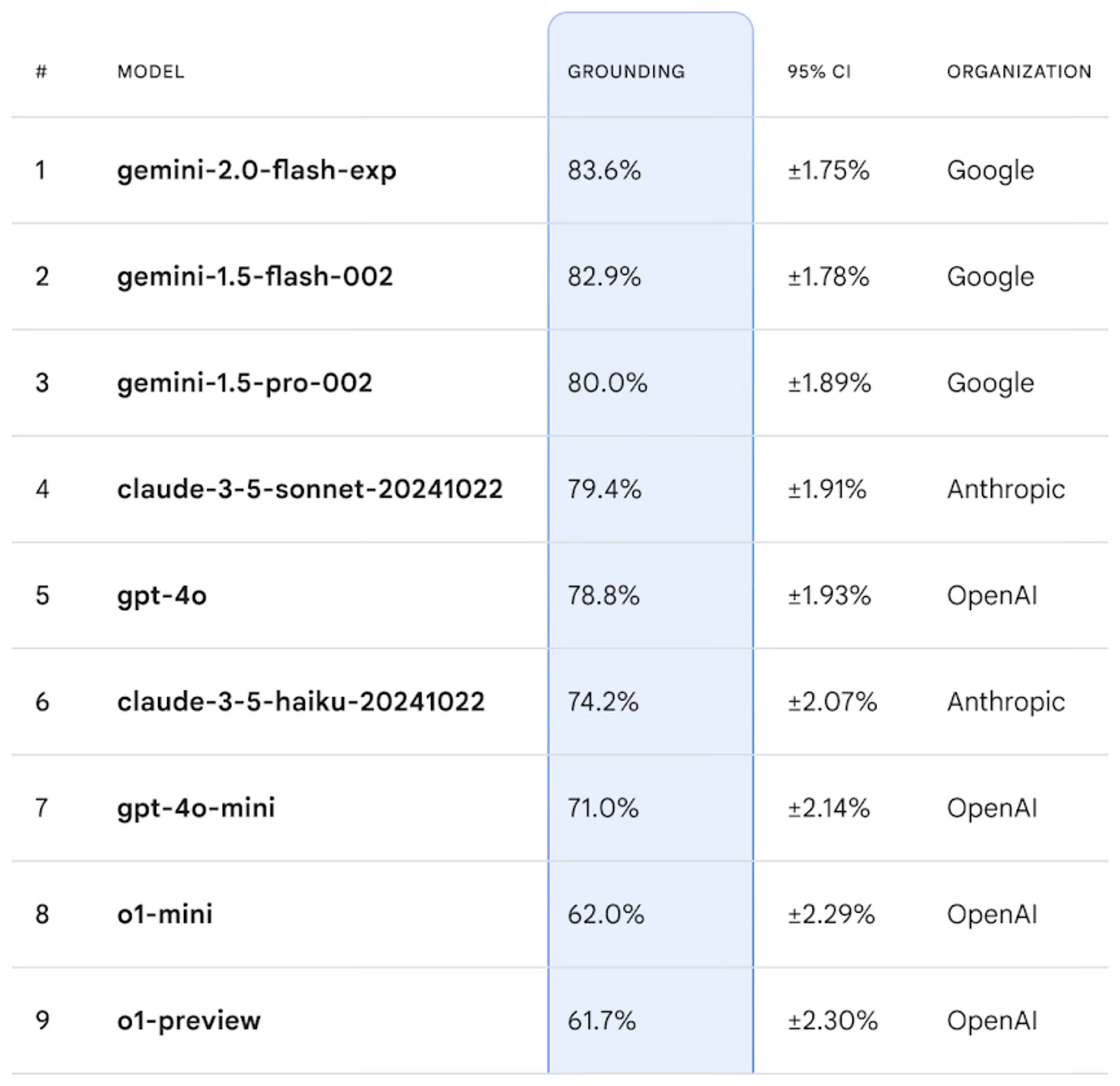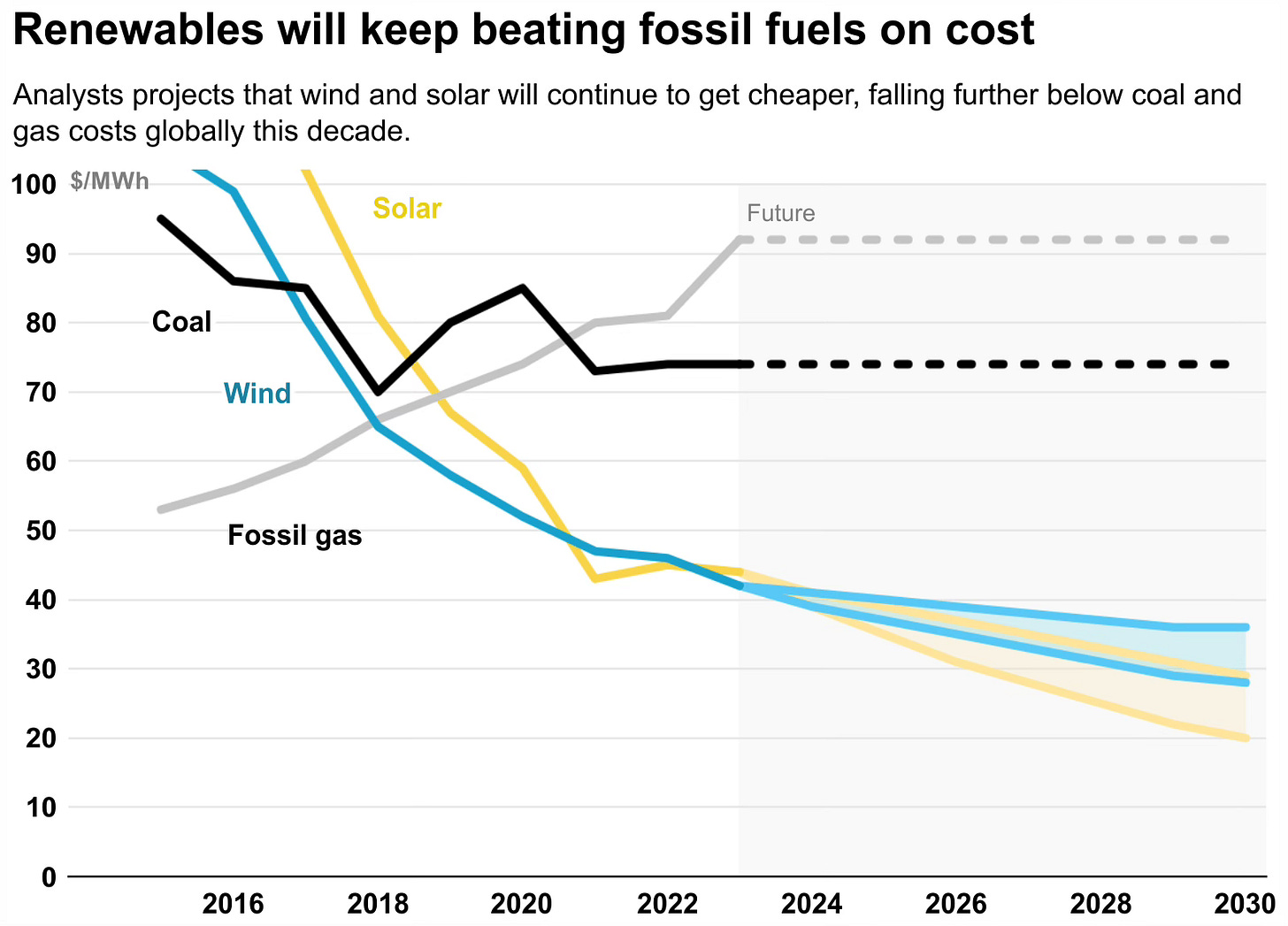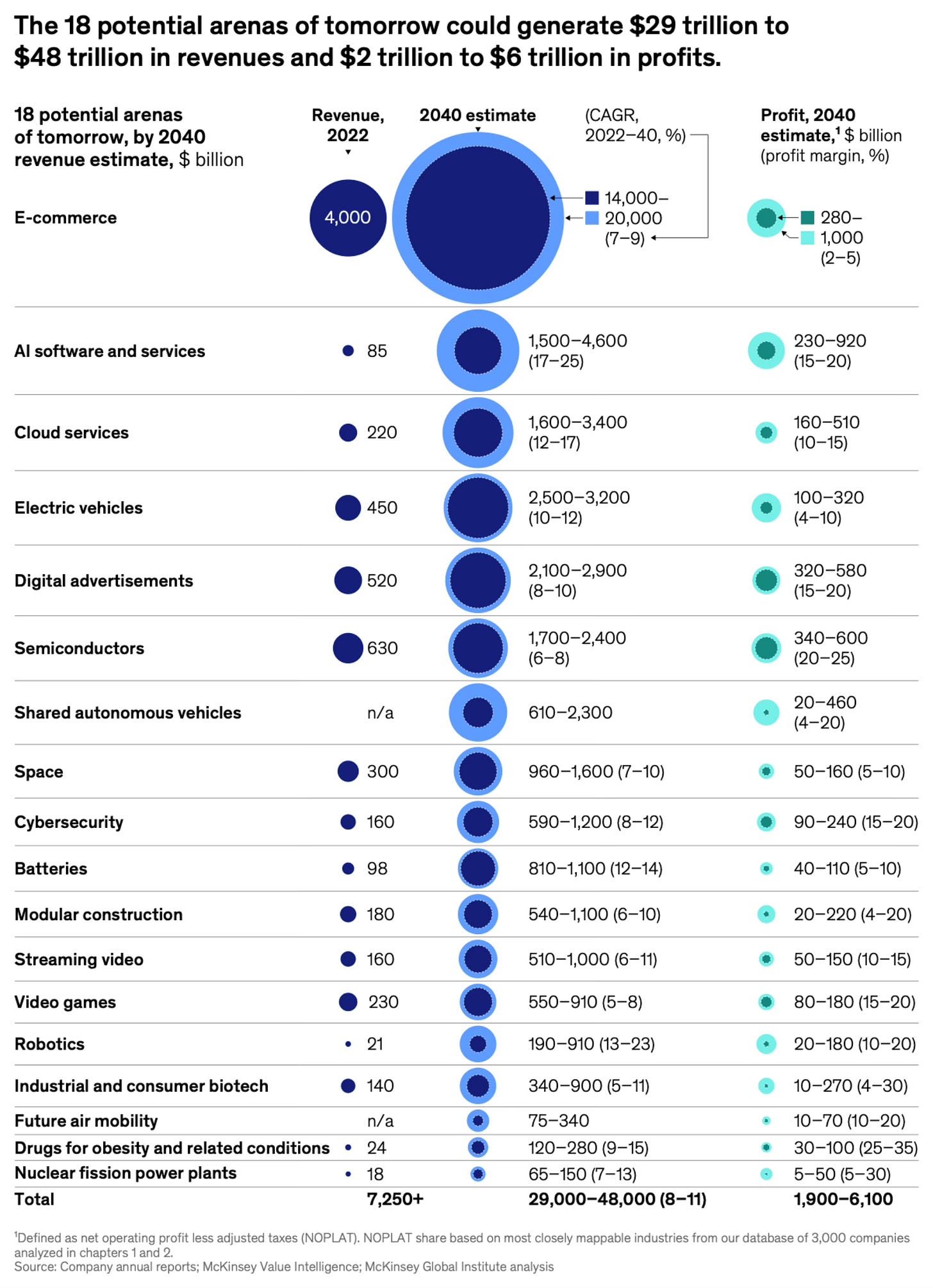Binary Circuit - January 17, 2025
Your weekly guide to most important developments in technological world
Welcome to this week’s edition of Binary Circuit
This week's must-know developments:
DOLPHIN AI: automates scientific research, boosting efficiency and innovation.
Brain Computer Interface Technology: Enhance autonomy for paralyzed individuals and promises new consumer uses.
Steve Jobs' Business Philosophy: prioritize core values over product features for stronger customer ties.
Google DeepMind’s FACTS Grounding Platform: Ensures the accuracy of AI responses, tackling LLM hallucinations.
Energy Transition to Technology: The shift to tech-driven energy generation to gain momentum.
Let’s dive in.
DOLPHIN, an AI tool, is a massive leap in automating scientific research
With artificial intelligence developments, scientific study is about to undergo a paradigm change. Developed by Fudan University and Shanghai AI Lab, DOLPHIN automates labor-intensive and ineffective scientific research activities.
What is DOLPHIN?
DOLPHIN is the first fully integrated system that automates scientific research end-to-end. Unlike existing tools that focus on specific stages—like idea generation or computation—DOLPHIN combines:
Idea Generation: Proposes novel research ideas from literature ranking.
Experimental Verification: Conducts experiments with auto-generated code.
Iterative Feedback: Refines ideas based on results, fostering continuity in improvement.
This closed-loop system mimics the human scientific process but at a faster and more efficient pace.
Arguably, the iterative feedback function is a game changer in automating scientific research. In initial experiments, DOLPHIN’s iterative feedback loop helped improve the output in:
Debugging Success Rates:
Initial State: DOLPHIN's first iteration had a debugging success rate of 33.3%.
Improvement: The system improved by 50.0% through learning from error messages, enhancing reliability and efficiency.
Idea Novelty and Relevance:
Initial State: The system generated 20 ideas with a 40% novelty rate.
Improvement: DOLPHIN enhanced originality to 95% and maintained costs at $0.184 per idea by re-ranking literature and removing redundancy.
DOLPHIN’s performance is competitive to state-of-the-art human-designed methods:
2D Image Classification: Achieved 82.0% accuracy, matching ResNeXt (82.2%).
3D Point Classification: Achieved 93.9% accuracy, surpassing PointNet's 91.0% and closely rivaling GPSFormer's 93.8%.
Sentiment Classification: Increased accuracy by 1.5%, narrowing the gap between BERT-base (91.0%) and BERT-large (93.1%).
Why DOLPHIN matters:
Accelerating Research Cycles – DOLPHIN automates tasks like debugging and literature review, significantly cutting research cycle time.
Improving Efficiency and Accuracy – DOLPHIN automatic feedback loop for improvement enhances quality and scientific rigor in each iteration.
Democratizing Research – The system’s cost-effectiveness ($0.184 per idea) makes advanced research accessible to smaller institutions researchers.
Advancing AI-Driven Discovery – DOLPHIN advances autonomous research, allowing AI to innovate and explore actively.
DOLPHIN’s success highlights the potential of closed-loop systems in scientific workflows. Future advancements may encompass cross-disciplinary research, refined feedback metrics, and open-ended innovation.
Brain-computer interface technology could soon move from the lab to the market. The technology could create possibilities for novel business models
Imagine using your thoughts to manipulate tools. Through an interface usually connected to your skull, advances in Brain-Computer Interface (BCI) technology allow direct connection between your brain and outside devices. Many businesses are advancing this idea.
Why does it matter
For those with severe paralysis, BCI technology has shown a remarkable ability to increase their autonomy. One such example is Mark, 64, who battles amyotrophic lateral sclerosis (ALS). Synchron's innovative BCI implant lets him just think to run smart home appliances, stream entertainment, and even video chats. This technique uses generative artificial intelligence to enable digital communication, therefore giving a lifeline to people unable of mobility or speech.
A major turning point was reached in China in December 2024 with the first clinical trial of flexible BCI systems for real-time language synthesis. The amazing speed and precision of this technology were demonstrated by a patient with a brain tumor and epilepsy, decoding 71% of Chinese syllables within a week.
Eliminating the need for open-brain surgery, Synchron's BCI uses a minimally invasive "stentrode" implanted close to the motor cortex BCI is a safer choice since its invention considerably lowers surgical hazards and shortens recuperation time.
Immense Possibilities
BCI technology enters consumer wearables and gaming with futuristic experiences. Imagine thought-controlled gaming or smart headphones that analyze brain activity.
Rapidly improving BCIs signal a new age of human-computer interaction and present great possibilities for innovation in fields including consumer electronics and healthcare. Through thinking, non-invasive BCIs will transform mobility for paralyzed people by allowing control of prosthetic limbs and helpful tools, hence improving their quality of life.
Particularly with language decoding as the next development that could revolutionize contact with our surroundings, BCIs show great promise.
Steve Jobs' Timeless Advice: Promote Values Above Product Specifications
“Marketing is about values,” famously stated Apple’s founder Steve Jobs, one of the greatest visionaries the world has seen. This simple tip is beneficial for all companies.
One could get lost in the demand for advertising and data. Jobs believed that organizations should emphasize their core values rather than product features to connect with customers.
Jobs used Nike as a case study. Nike positioned athleticism and greatness at the center of their marketing campaigns, never about the gear. Their ads emphasize brand values over technical specifics.
Likewise, Apple's “Think Different” campaign honored visionaries, rebels, and inventors under this principle. It reminded consumers that Apple was about innovation and progress, not just hardware.
This customer-centric approach is crucial now more than ever. Companies must express their values in today's competitive corporate environment.
Problem: LLM hallucinations/inaccuracy. Solution: Google DeepMind’s FACTS Grounding platform
LLMs often produce inaccurate or “hallucinated” responses, which raises the trust issue for their widespread adoption in critical applications.
Introducing FACTS Grounding
Google DeepMind launched FACTS Grounding, a benchmark evaluation of LLMs on producing accurate and thorough answers from given materials.
FACTS Grounding establishes a new benchmark with diverse input data from 1 to 32,000 tokens (about 20,000 words) across finance, technology, retail, medicine, and law.
Using the provided public examples and approach will also allow you to assess your model's performance.
How FACTS Work: FACTS Using a dataset of 1,719 examples—each comprising a document, a system instruction, and a user request—grounding finds LLMs must go over the document and produce responses that are:
Accurate: It checks whether the response is free of hallucinations and grounded in the source document.
Comprehensive: Attend to the entire requests of the user.
For evaluations, FACTS appoints three top LLMs—Gemini 1.5 Pro, GPT-4o, and Claude 3.5 Sonnet as judges to rate the accuracy and applicability of answers.
Google’s Gemini 2.0 Flash leads the FACTS leaderboard with a factuality score of 83.6%. Other top models are Gemini 1.5 Pro, GPT-4o, and Claude 3.5 Haiku, all over 61.7%.
Why This Matters:
Restore Trust: Correct answers boost brand reputation and user confidence.
Compliance: Reliable AI lowers legal and financial risks connected to inaccurate or illegal remarks.
Client Relationship: Informative chatbots boost client loyalty and propel long-term involvement increase.
Industry-wide Cooperation: The FACTS leaderboard increases openness and competitiveness, therefore encouraging AI research innovation.
The inevitable rise of energy as technology: Is 2025 the year that accelerates the transition? Have you strategized net green energy in your business model and investments?
The energy transition to technology from commodity sources is currently underway. However, the key question is not if but when the transition accelerates globally. We think that the need for decarbonization to mitigate climate change and, more importantly, the falling costs of technological sources of energy could mark 2025 as the pivotal year in the migration to greener sources.
Energy has long been associated with commodities like oil, coal, and natural gas. These resources are:
Finite: Earth-extracted, limited quantity.
Geographically Constrained: Regional deposits create geopolitical linkages and vulnerabilities.
Subject to Market Volatility: Supply, demand, and geopolitics affect prices.
However, now the new sources are technologically driven and follow different rules:
Infinite: Solar, wind, and geothermal are almost unlimited.
Ubiquitous: Not geographically constrained, enabling energy self-sufficiency.
Technology-driven improvement in efficiency and cost: Innovation drives down cost as more deployment improves technology and economies of scale.
One difference between fossil fuels and alternative energy is improvement potential. Laws of physics naturally limit fossil fuels. Even with improvements, material limitations keep these plants below ideal maximum efficiency. For example, coal plants run at 30–45% efficiency, much below theoretical limits because of physical constraints.
In contrast, alternative energy technologies like solar, wind, and batteries act more like digital technology. Their costs drop dramatically with each production doubling due to learning curves. Solar and lithium-ion batteries demonstrate a learning rate of over 20%, whereas wind power is 15%. Continuous cost reduction comes from material, production, and design innovation.
This shift has profound implications. In his September paper, Azeem Azhar notes that dollars per barrel will be replaced by dollars per megawatt-hour as electricity becomes the new currency. This change will bring in an era of energy abundance whereby practically every nation can become an energy superpower, therefore reducing the power of conventional energy giants.
Chart of the week:
A recent McKinsey report identifies 18 arenas of growth. These areas are characterized by high growth and dynamism and are industries that capture a significant share of economic growth and experience rapid market share shifts.
Identified potential arenas of the future, such as AI and biotechnology, could generate $29 trillion to $48 trillion in revenue, with profits ranging from $2 trillion to $6 trillion. The formation of arenas is driven by business models or technological changes, accelerating investments, and large, growing markets.
Sound bites you must know:
2024 was the warmest year on record, surpassing the 1.5C global warming target set by the Paris Agreement. Meanwhile, energy use is rising.
Outgoing President Joe Biden announces another round of chip technology export restrictions. Will this one work? Maybe not in the long term, similar to the ineffectiveness of the previous restriction.
OpenAI’s first AI agent, “Tasks,” launched for beta testing. Like a personal assistant, Tasks allows ChatGPT’s Plus, Team, and Pro users to schedule reminders and actions.
Meet Omi, an $89 AI wearable with always-on listening technology aiming for thought-reading capabilities.


